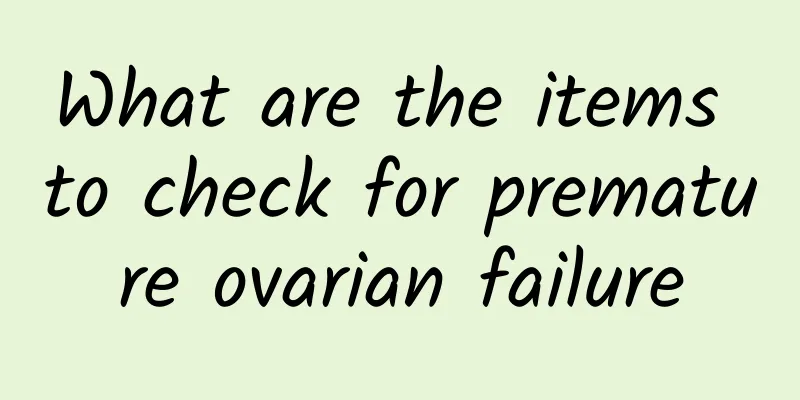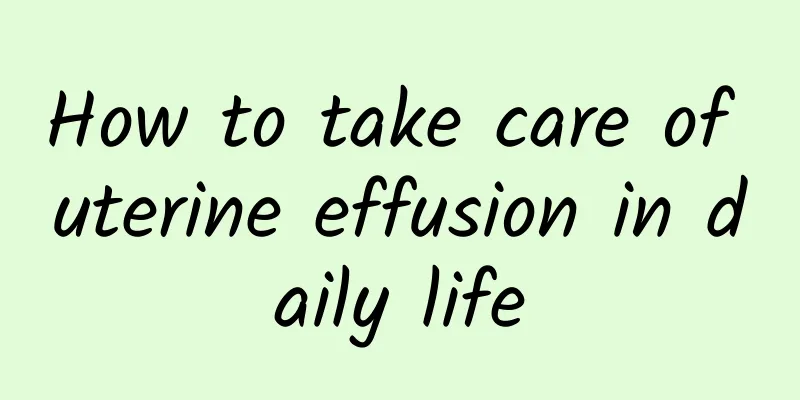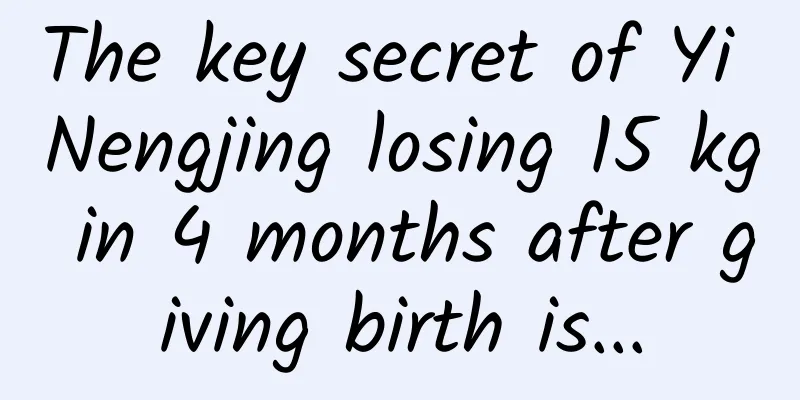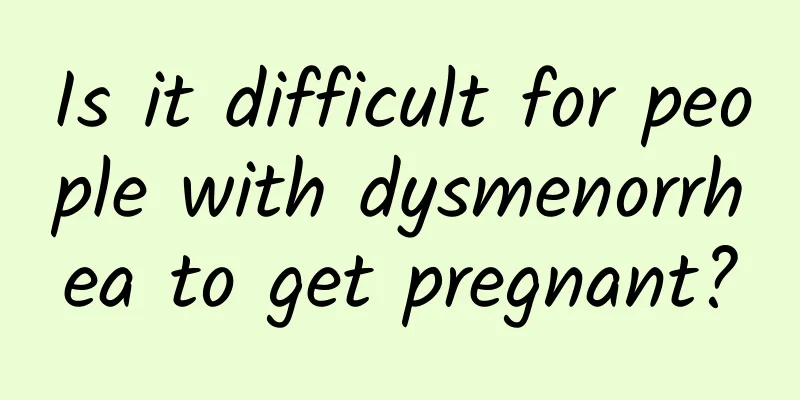When does uterine fibroids require surgery? What are the contraindications after uterine fibroid surgery?
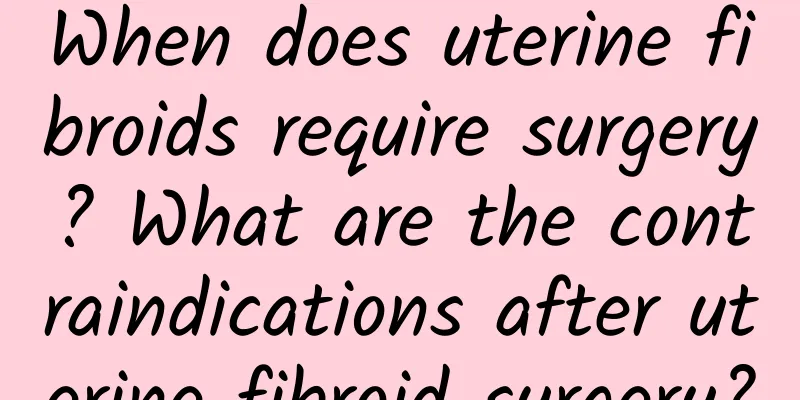
|
With the accelerated pace of life, modern women are often "busy with work during the day and taking care of children at night" and do not have enough time to pay attention to their health, and gynecological problems are becoming more and more prominent. Statistics show that 20% of women over 30 years old suffer from uterine fibroids. Experts say that most fibroid patients have no obvious symptoms and are only occasionally found during physical examinations, which has a great impact on women's normal life. So, how many surgeries are needed for uterine fibroids? Today, follow the experts to learn about it. How big a uterine fibroid needs surgery? Experts point out that the treatment of uterine fibroids depends on the specific situation of the patient, and the size of the fibroids is only one aspect. Whether the patient needs surgery also depends on factors such as the nature, number, growth location, speed, age, and fertility requirements of the uterine fibroids. Generally speaking, when the fibroids are small (4 CM or larger) and the patient has no obvious symptoms, follow-up observation can be chosen every 3 to 6 months; for patients with larger fibroids (4 CM or larger) or those growing too fast, drug treatment is often ineffective. Therefore, patients with large fibroids that grow too fast are often treated with surgery. Surgical treatment of uterine fibroids is divided into abdominal surgery and minimally invasive surgery. The laparotomy for uterine fibroids includes total hysterectomy and myomectomy. However, due to the need for laparotomy, it may damage other tissues in the body, which in turn affects women's normal condition. At present, with the development of minimally invasive gynecological surgery, most patients know about minimally invasive treatments that preserve the uterus and remove fibroids. Minimally invasive treatment of uterine fibroids is generally divided into interventional surgery and laparoscopic surgery. Laparoscopic minimally invasive technology only requires 3-4 small incisions of 0.5-1 cm in the abdomen, and then inserting a laparoscope. The surgery does not require the abdomen, has little trauma, and the patient recovers quickly. It will not reduce the patient's own immunity and is not easy to get infected. Superconducting ablation minimally invasive technology can preserve the uterus and remove fibroids without surgery or hospitalization. The surgery will not cause abdominal or pelvic adhesions, and can maintain the integrity of female reproductive organs such as the uterus, maintain female fertility and a harmonious married life. Experts emphasize that the uterus is not only a female reproductive organ, but also a complex endocrine system. Blindly removing uterine fibroids will not only cause endocrine disorders, but also lose the right to become a mother. Therefore, once fibroids are found, superconducting ablation minimally invasive surgery should be selected as much as possible under the guidance of a doctor for intrauterine protection treatment to restore health. Surgical treatment of uterine fibroids 1. Myomectomy It means to keep the uterus and only remove the fibroids, so that normal menstruation can be achieved and fertility can be maintained. It should be said that this is the most ideal method for treating uterine fibroids, but uterine fibroids are often frequent, so the biggest problem with keeping the uterus is recurrence. New fibroid nodules may be found 2 to 3 months after surgery. Unless it is for fertility, it is not recommended to keep the uterus. Therefore, the most suitable people for this method should be patients under 40 years old. 2. Subtotal hysterectomy This means preserving the cervix and removing all the uterine body. This surgical method is simple and less damaging, but the cervix must be checked before surgery to eliminate the possibility of precancerous lesions, otherwise once the retained cervical tissue undergoes malignant changes, reoperation will be very difficult. 3. Radical hysterectomy It is to remove all the uterus. It is suitable for patients who are close to menopause or young but have severe cervical inflammation. This can not only relieve the troubles caused by uterine fibroids to patients, but also avoid the worry of cervical cancer. This method is more easily accepted by people with higher education. Whether it is traditional open surgery, laparoscopy, hysteroscopy, or vaginal surgery, it depends not only on the patient's requirements, but also on the patient's condition and the surgeon's technical level. What can’t you eat after uterine fibroid surgery? 1. Avoid irritating foods and drinks such as chili peppers, peppers, raw onions, raw garlic, alcohol, and frozen foods. 2. Avoid eating foods that are hot, blood-clotting, or contain hormones, such as longan, red dates, donkey-hide gelatin, and royal jelly. Traditional Chinese medicine focuses on regulation. Traditional Chinese medicine believes that uterine fibroids are caused by organ dysfunction and qi stagnation and blood stasis. Blood and qi imbalance is a characteristic of uterine fibroids. Zhulin Temple Tumor Softening Cream focuses on distinguishing qi and blood when treating uterine fibroids. Through the principle of external treatment for internal diseases, the cream is applied to the acupuncture points of the human body, mainly to promote blood circulation and remove blood stasis, eliminate blood stasis and disperse knots, clear away heat and detoxify, soothe the liver and regulate qi, remove blood stasis and relieve pain, soften the tumor, and completely dissipate it. Proper diet can help uterine fibroids heal faster In the treatment of uterine fibroids, we should eliminate the tumor, do not forget to stop bleeding, stop bleeding, do not forget to eliminate the tumor, we should consider the effect of regulating the ovaries. Drugs should not be used to avoid destroying vitality. In addition, the diet of patients with uterine fibroids should be more reasonable: 1. Avoid eating foods that are hot, blood-clotting, or contain hormones, such as longan, red dates, donkey-hide gelatin, and royal jelly. 2. Avoid consuming irritating foods and drinks, such as alcohol and white wine. Eat a light diet and avoid eating irritating foods such as mutton, shrimp, crab, eel, salted fish, and black fish. 4. Eat more lean meat, chicken, eggs, quail eggs, crucian carp, turtle, white fish, cabbage, asparagus, celery, spinach, cucumber, winter melon, mushrooms, tofu, kelp, seaweed, fruits, etc. |
<<: How to perform surgery for uterine fibroids? Dietary care methods after uterine fibroid surgery
Recommend
What are the main causes of cervical erosion?
Cervical erosion is mainly caused by physiologica...
How is pelvic inflammatory disease transmitted?
Pelvic inflammatory disease is an infectious dise...
Help you understand how harmful threatened miscarriage is
Threatened abortion is extremely harmful. This ar...
What are the symptoms of dysmenorrhea caused by ovarian cysts
Can ovarian cysts cause dysmenorrhea? What are th...
No oil stuck and no "belly" burden! Medicinal and Healthy New Year Dishes
The Spring Festival is coming, and the New Year&#...
You don’t have to starve to lose weight! 10 super foods that increase satiety and make you lose weight
You don’t have to starve yourself to lose weight....
Causes of pelvic inflammatory disease
Causes of pelvic inflammatory disease 1. Not payi...
How to prevent adnexitis?
Women are most painful when they suffer from gyne...
What causes polycystic ovaries?
What is the cause of polycystic ovarian changes? ...
Is it normal for women to bleed and feel pain after cervical erosion surgery? What are the symptoms of women with cervical erosion after surgery?
Cervical erosion is a manifestation of chronic ce...
There are 6 things to pay attention to during perimenopause pregnancy. You should pay attention to them for yourself and your baby.
It can be said that the chances of perimenopausal...
Correct and effective methods are needed to regulate dysmenorrhea
From ancient times to the present, dysmenorrhea h...
4 consultations made uterine fibroids completely disappear
Ye Zi has been married for seven or eight years. ...
Uterine fibroids can cause infertility
Uterine fibroids are the most common benign tumor...
What should I do if I feel greedy or hungry at night? Eat this midnight snack without getting fat! 6 foods to satisfy hunger
After dinner, do you still feel hungry after a wh...
